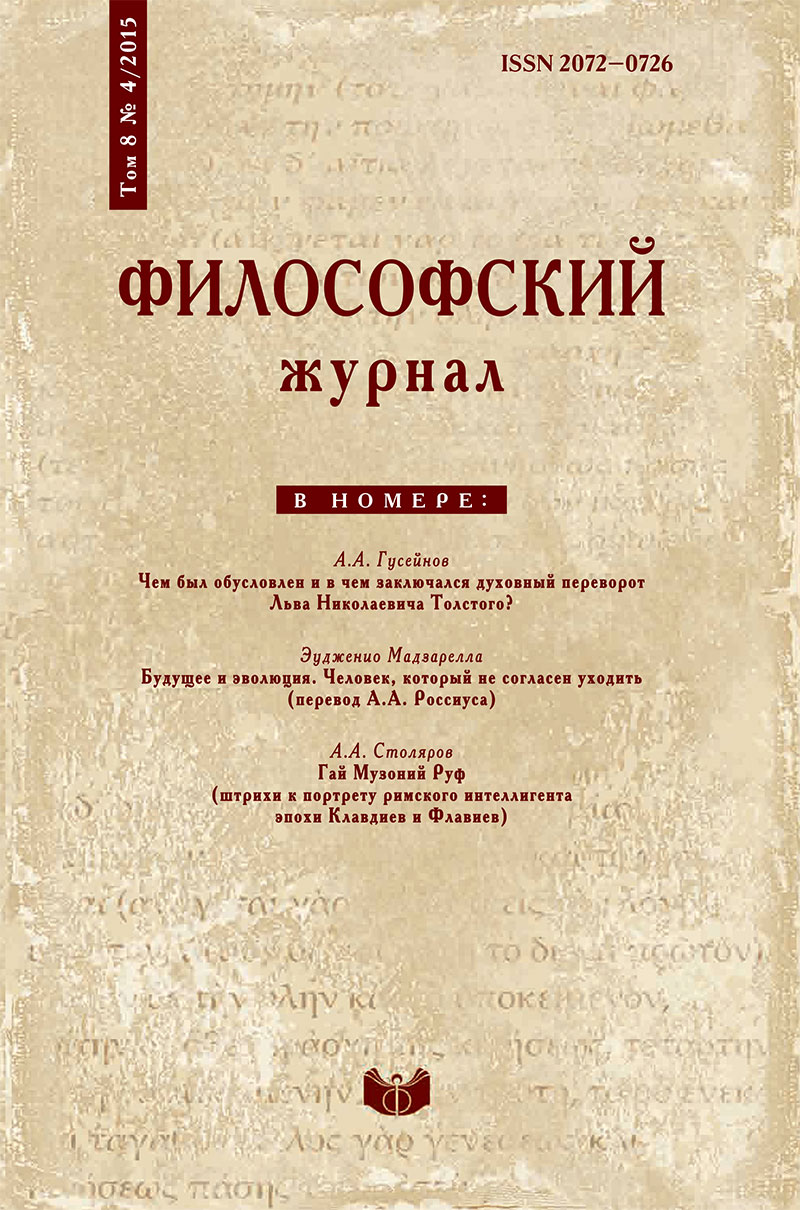From art history to Bildwissenschaft: German-language studies in visual arts theory
Keywords:
Bild, Bildwissenschaft, art history, Germany, picture, image, political iconology, anthropology of image, aestheticsAbstract
The author presents here an overview of some German-language studies in visual arts theory, with the aim to reveal how these may have been influenced by their language and cultural context. To illustrate the role of language for the theoretical framework of most of the German writings on visual arts, the author conducts an analysis of the concept Bild (image), from which there is derived the notion of image as a definitive form (Bildung), characteristic of the entire German tradition, as well as the broader understanding of the concept of image as implying both its mental and material constituents at once. The starting point for all subsequent development of Bildwissenschaft is provided in Aby Warburg's project of Kulturgeschichte which helped expand the boundaries of the old discipline of art history and turn the attention of the scholars from a given particular work of art to the problems of image as such. In the ensuing period the most important theoretical advances were made in the work of Klaus Zachs-Hombach, Gottfried Böhm and Hans Belting. The latest cornerstone theory to be examined here is the one proposed by Horst Bredecamp, looking back toward the traditional German view of art history as Bildwissenschaft. On the whole, it will be fair to conclude that, unlike contemporary Anglo-Saxon scholarship, most of which is rooted in the paradigm of cultural studies and shares common methodological approaches as well as a certain predilection for the issues of political background, German Bildwissenschft represents a sum of heterogeneous discourses, mostly apolitical, united around the concept of Bild and its implications.






